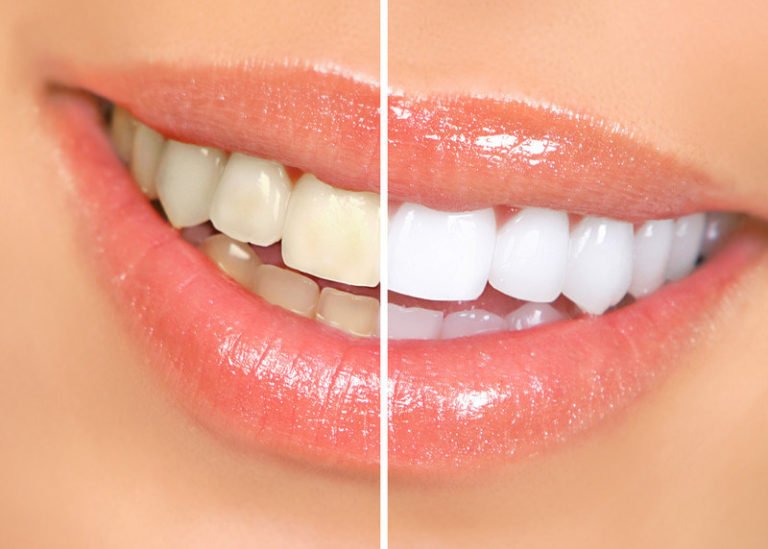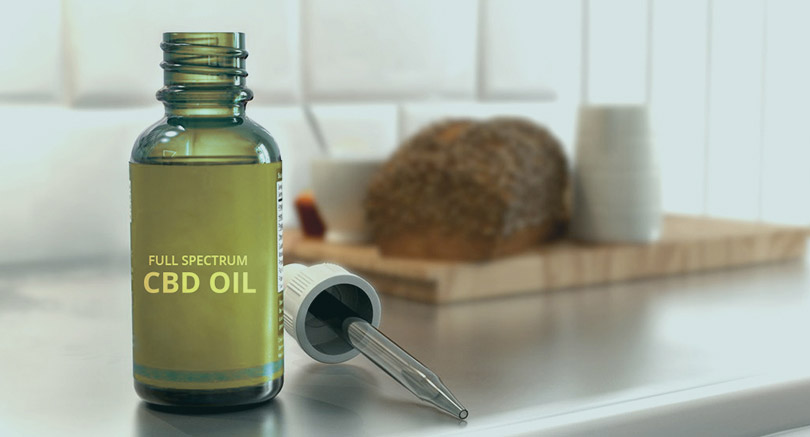A bright, sparkling smile is something that many people desire. A white smile is often associated with good dental hygiene and overall health. However, over time, teeth can become stained or discolored due to factors such as age, diet, and lifestyle choices. Teeth whitening technology and ingredients have advanced over the years, making it easier than ever to achieve a brighter smile. In this article, we will explore some of the most common teeth whitening ingredients and technologies.
How does hydrogen peroxide whiten teeth?
Hydrogen peroxide is a common teeth whitening ingredient that has been used for many years. It works by breaking down the stains on the surface of the teeth and removing them. When hydrogen peroxide is applied to the teeth, it releases oxygen molecules, which penetrate the enamel and break down the stain molecules.
Hydrogen peroxide is available in various strengths for teeth whitening, ranging from 3% to 35%. The higher the concentration, the faster and more effective the whitening results. However, high concentrations of hydrogen peroxide can be harmful to the teeth and gums, causing sensitivity and irritation.
One of the most common ways to use hydrogen peroxide to whiten teeth is through a bleaching gel or solution. These products are usually applied to the teeth using a tray or brush and left on for a certain amount of time. However, it is important to follow the instructions carefully and not to overuse the product.
Carbamide peroxide vs. hydrogen peroxide
Another common teeth whitening ingredient is carbamide peroxide, which is often used as an alternative to hydrogen peroxide. Carbamide peroxide breaks down into hydrogen peroxide and urea when it comes into contact with the teeth, making it effective at removing stains. You will need to know the carbamide peroxide vs hydrogen peroxide.
Carbamide peroxide is typically used in lower concentrations than hydrogen peroxide, ranging from 10% to 35%. This makes it less likely to cause sensitivity or irritation to the teeth and gums. However, the whitening results may not be as dramatic as those achieved with high concentrations of hydrogen peroxide.
One advantage of carbamide peroxide over hydrogen peroxide is that it has a longer shelf life. Hydrogen peroxide breaks down quickly when exposed to light and air, whereas carbamide peroxide is more stable and can be stored for longer periods.
Private label teeth whitening
Private label teeth whitening is a popular option for businesses that want to offer their own branded teeth whitening products. Private label manufacturers can produce a range of teeth whitening products, including gels, strips, and trays, with custom packaging and branding.
Private label teeth whitening products often use hydrogen peroxide or carbamide peroxide as the active ingredient, along with other ingredients to enhance the whitening results and improve oral health. Some of these ingredients may include:
- Sodium bicarbonate: This is a mild abrasive that helps to remove surface stains on the teeth.
- Potassium nitrate: This ingredient can help to reduce tooth sensitivity caused by the whitening process.
- Xylitol: Xylitol is a natural sweetener that has been shown to have oral health benefits, including reducing the risk of cavities.
Private label teeth whitening products can be a profitable business for those who want to enter the oral care market. However, it is important to work with a reputable manufacturer who uses high-quality ingredients and follows strict manufacturing standards.
Teeth whitening technology and ingredients have come a long way in recent years, making it easier than ever to achieve a bright, sparkling smile. Hydrogen peroxide and carbamide peroxide are two of the most common teeth whitening ingredients, each with its own advantages and disadvantages. Private label teeth whitening products offer a great opportunity for businesses to offer their own branded teeth whitening products, but it is important to work with a trusted manufacturer and use high-quality ingredients.
It is also important to remember that teeth whitening should be done in moderation and under the guidance of a dental professional. Overuse of teeth whitening products or using products with high concentrations of hydrogen peroxide or carbamide peroxide can lead to sensitivity, irritation, and even damage to the teeth and gums.
In addition to teeth whitening products, there are other things you can do to keep your smile looking bright and healthy. Brushing twice a day with a fluoride toothpaste, flossing daily, and visiting your dentist regularly for cleanings and checkups can help to remove surface stains and prevent new ones from forming.
In conclusion, teeth whitening technology and ingredients have evolved over the years, making it easier than ever to achieve a brighter smile. Hydrogen peroxide and carbamide peroxide are two of the most commonly used teeth whitening ingredients, each with its own advantages and disadvantages. Private label teeth whitening products can offer a great opportunity for businesses, but it is important to work with a reputable manufacturer and use high-quality ingredients. Remember to use teeth whitening products in moderation and under the guidance of a dental professional, and to maintain good oral hygiene habits to keep your smile looking bright and healthy.










